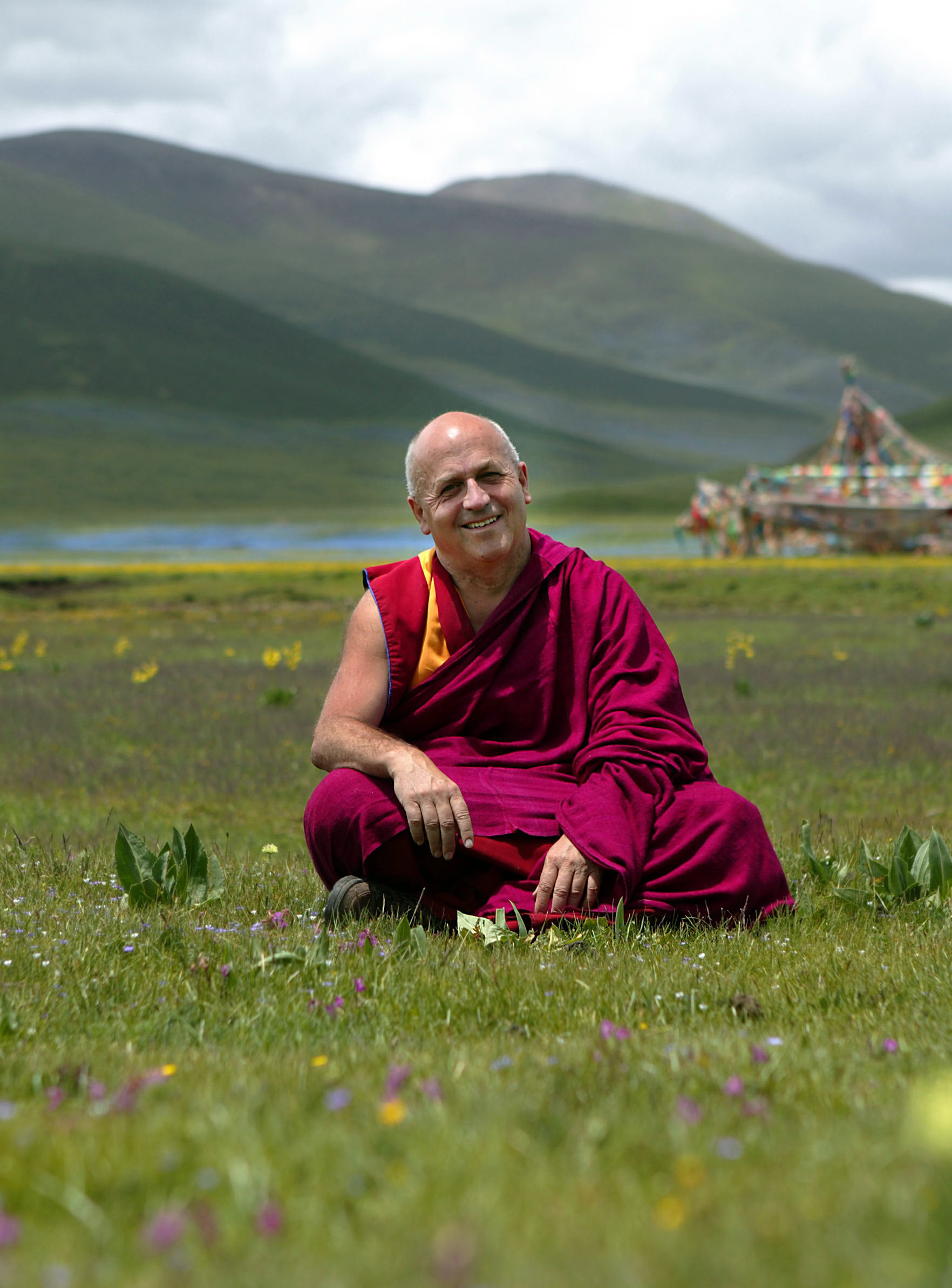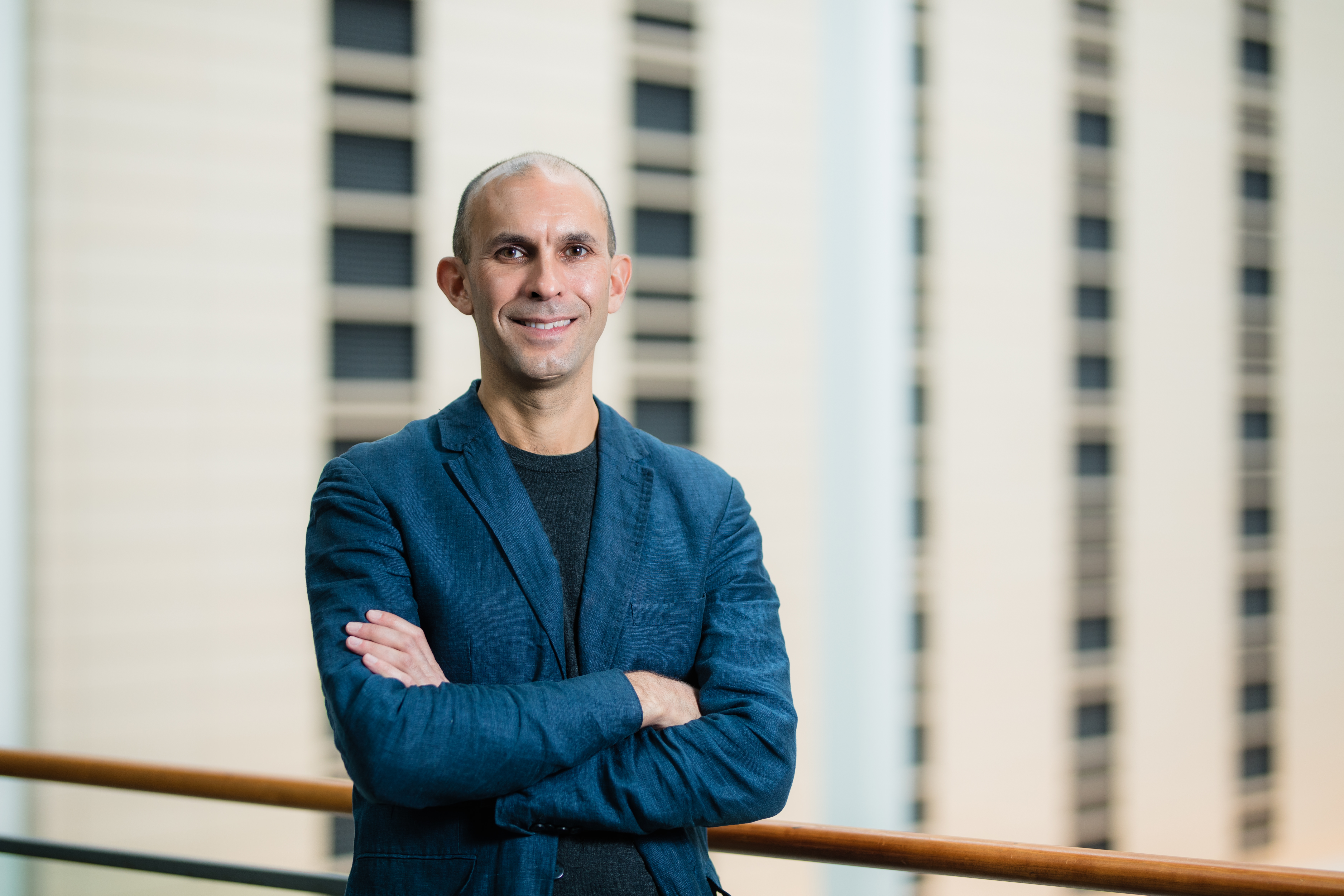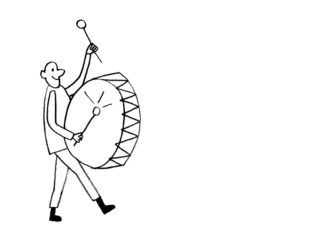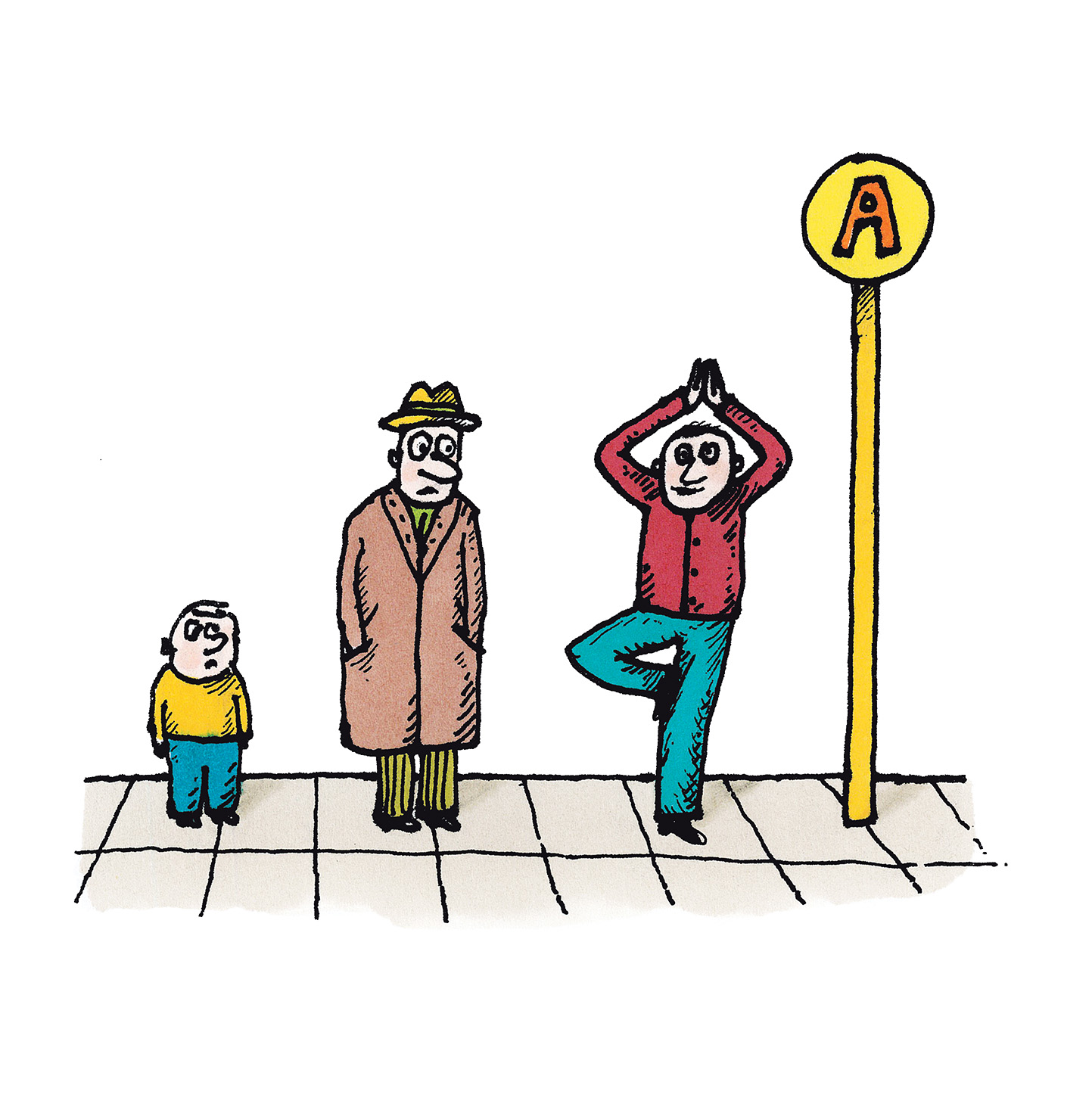
Meditation based on compassion can bring miracles to the brain – this was the conclusion made by scientists researching the brains of Buddhist monks. Publications on this subject wouldn’t have become widely known if it hadn’t been for Matthieu Ricard, who became the favourite subject of the researchers and then a world media star.
“The happiest man in the world” was the way the media described Matthieu Ricard, a 75-year-old Frenchman and PhD holder in molecular genetics, who in the late 1970s became a monk and has since practised Tibetan Buddhism.
Day-to-day, Ricard lives in the Himalayas, but he travels around the world, gives lectures and writes books. He is involved in the work of the Mind and Life Institute, which was founded in 1980s and is supported, among others, by Tenzin Gyatso, the 14th Dalai Lama. The scientists associated with the Institute deal with a relatively new discipline: contemplative neuroscience. It is based on analysing the effects of meditation using functional magnetic resonance imaging (fMRI), which measures oxygenation in the active areas of the brain.
One of the most renowned people in the field of contemplative neuroscience is the psychologist and psychiatrist Richard J. Davidson (in private life a friend of the Dalai Lama and by profession a scientist at the University of Wisconsin–Madison in the US). In the first decade of the 21st century, Davidson decided to investigate Ricard’s brain. “I had not foreseen that I would spend more than 100 hours in MRI scans and be the guinea pig for all kinds of experiments,” admitted the monk in an interview for the website Buddhistdoor Global.
One time, over a period of two days, he spent a total of 10 hours in an fMRI. In addition, there were, for example, electrical discharges on the wrists to study the effects of meditation on pain, as well as measurements of brain metabolism. During these procedures the monk practised several types of meditation, including single-point focusing. Initially, Ricard featured in research publications under the pseudonym of Lama Oser. The author of the articles was Daniel Goleman. He emphasized that although the brains of monks and yogis had previously been examined, it was the first time that such tools as the fMRI and electroencephalogram (EEG) were used on an experienced monk.
Ricard was examined using two EEG ‘hats’: one of them had 128 sensors and the other had as many as 256. The scientists were particularly interested in meditation based on compassion. During the monk’s meditation, the researchers noted increased activity in the left middle frontal gyrus responsible for feeling positive emotions.
“In short, Oser’s [i.e. Matthieu Ricard’s] brain shift during compassion seemed to reflect an extremely pleasant mood. The very act of concern for others’ well-being, it seems, creates a greater state of well-being within oneself. The finding lends scientific support to an observation often made by the Dalai Lama: that the person doing a meditation on compassion for all beings is the immediate beneficiary,” writes Goleman in an article published in Lion’s Roar. Davidson proved that the shifts may be noticeable even in those just beginning to practise meditation.
The experiment in which Ricard participated was to form the basis for further research with other people. Importantly, the monk was able to convince other monks from India and Nepal to travel to the US and work with scientists. He explained that the results of the research might actually help people, which is why the monks were more keen to participate in the project.
One of the research participants was the well-known Tibetan teacher Yongey Mingyur Rinpoche. As described by Daniel Goleman and Richard J. Davidson, authors of Altered Traits, when Yongey Mingyur Rinpoche started meditating on compassion, the EEG registered sudden increase in electric activity. When the monk stopped meditating, this activity decreased, but it didn’t disappear completely. When he was scanned using the fMRI, during the meditation on compassion, the brain areas responsible for empathy showed a seven- or eight-fold increase in activity.
The project outcomes were published in 2004 in a famous and often-cited article in the PNAS academic journal. The research was carried out on eight Buddhist monks who had done between a dozen to several dozen thousands of hours of meditation. For comparison, the control group consisted of students who had only gone through a week-long practice. The scientists focused on gamma waves, which are waves of high frequency. “They are associated with the higher brain activity, such as focus, learning and conscious perception,” a representative of the University of Wisconsin–Madison explained in the public communication at the time.
First of all, even before the start of the meditation based on “the unconditional loving kindness and compassion”, differences between the two groups were noted. Gamma waves were more frequently present in the monk group than in the control group, which suggested that meditation changes the basic state of the brain. The differences increased even more during the meditation, and they were higher after the meditation than before it started.
“These discoveries indicate that mind training leading to greater compassion and loving kindness has a profound impact on brain functions. What is more, the results suggest that these traits are not unalterable in humans and that they can be fostered through practice and training,” it was explained. The reference here is to neuroplasticity, also known as brain plasticity. Only a few decades ago, scientists were convinced that profound changes brought about my mind training are practically impossible.
Kindness is not exhausting
Ricard also took part in research carried out by Tania Singer, a German neuroscientist associated with the Mind and Life Institute. When the monk was focusing on empathy, in his brain there was activation in the areas linked to pain. On the other hand, when he concentrated on compassion and kindness towards someone going through difficult times, his brain ‘signalled towards’ positive experiences, such as a sense of belonging to a group.
Her acquaintance and conversations with Ricard culminated in a publication in 2013 in the Cerebral Cortex academic journal in which Singer explored the connections between neuroplasticity and compassion. Along with other scientists, Singer carried out this research on a group of 94 young women. At the time, the research found that the group practising meditation reacted better to others’ suffering. It was noted that there was greater activity in brain areas such as the medial orbitofrontal cortex, the globus pallidus, the substantia nigra, and the ventral tegmental area, which are involved in, among others, positive esteem, love, and a sense of belonging.
“In essence, we have shown for the first time that fatigue or empathic distress leads to emotional exhaustion and burn-out, while altruistic love and compassion, on the contrary, regenerate our ability to deal with the suffering of others with serenity, kindness, and courage. There is no ‘compassion fatigue,’ a term often used in medicine, but there is ‘empathy fatigue’,” said Ricard in his interview on Buddhistdoor Global.
Matthieu Ricard’s knowledge and experience were also used in further research. In 2018, the PLOS ONE journal featured an article describing an experiment involving 16 experienced yogis whose brains were analysed using fMRI. Here, the meditation on compassion was also used, only with the difference that during the examination the participants were exposed to various sounds, including those associated with human suffering.
As later described by the authors of Altered Traits, in monks’ brains scientists noted a considerable increase of activity in the areas of the brain involved with, for example, sensing another person’s state of mind and movement, which might have suggested that they were ready to help someone. During the emission of sounds of suffering, lesser activity was registered in the yogis’ back cortex of the cingulate gyrus (associated with thoughts about oneself). This means that the yogis were focussed less on themselves and on what would happen to them.
In his book Happiness: A Guide to Developing Life’s Most Important Skill, Ricard writes that compassion practice helps to manage physical and mental suffering. “After that, our pain does not feel as oppressive, and we stop asking the bitter question: ‘Why me?’” he states, emphasizing that when we are guided by compassion, “our impotent resignation gives way to courage, depression to love, narrow-mindedness to openness toward all those around us.”
Happy, but what about the happiest?
Is Matthieu Ricard, a person who has played a huge part in connecting the world of science and spirituality, really the happiest person in the world? It turns out that this is a myth created by the media. “Of course, it is better than being called the unhappiest person in the world, but this assertion is absolutely not based on scientific findings,” he stated in 2009 in a blog post on his website.
It is all due to the fact that years earlier he took part in a broadcast recording for the Australian television channel ABC. A journalist introduced him to viewers as “perhaps the happiest man in the world”. A few years later, an English newspaper featured an article about “the happiest man in the world”, describing the research involving Ricard. Since then, the badge of ‘the happiest’ has stuck to him for good. The monk confirms that meditation on compassion activates those brain areas involved in, among others, positive emotions, but he emphasizes that other people meditating during the research had similar results to his.
Ricard concludes that “anyone can be the happiest man or woman in the world, provided he or she looks for happiness in the right place.” So where is it? In the cultivation of one’s wisdom, altruism and compassion – and in the simultaneous eradication of hatred, attachment and ignorance.
Translated from the Polish by Agata Masłowska









